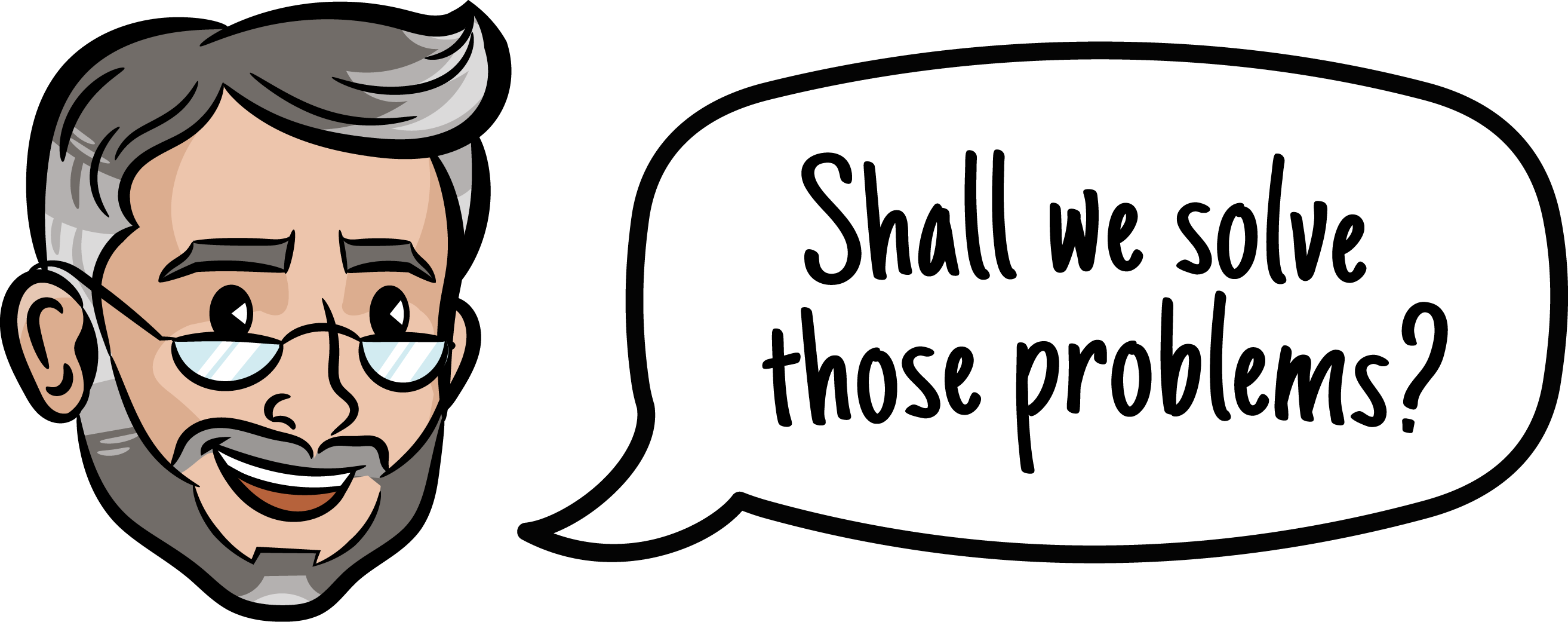A well-constructed B2B sales funnel is essential for converting leads into customers. It helps businesses streamline their sales processes, nurturing prospects through every stage of the buying journey. The effectiveness of a sales funnel lies in its structure, ensuring that prospects move smoothly from awareness to decision. This step-by-step guide will show you how to build a highly efficient B2B sales funnel and how to evaluate and iterate it for continuous improvement.
Step-by-Step Guide to Building a B2B Sales Funnel
Building a B2B sales funnel begins with understanding your target audience and mapping out the buyer’s journey. It’s important that you don’t try to boil the ocean and focus on understanding your ICP meaning when you’re getting started, as it helps you identify and target the right customers effectively. B2B buyers are typically more informed and deliberate than B2C buyers, requiring longer sales cycles and deeper engagement. The funnel needs to be tailored to guide them through this process, from discovering your brand to making a purchase decision.
Start by defining your funnel stages. In B2B sales, the typical funnel includes:
- Awareness: Prospects first become aware of your business through content marketing, SEO, or advertising.
- Interest: They start engaging with your content and learning more about your solutions.
- Consideration: Prospects compare your product or service with others in the market.
- Intent: They express a desire to purchase, requesting demos or consultations.
- Evaluation: Decision-makers assess your offer in detail, possibly discussing it with multiple stakeholders.
- Decision: The deal is closed, and the prospect becomes a customer.
Each stage requires different tactics to nurture leads effectively, from providing educational content in the awareness stage to offering tailored proposals during the decision phase. The key to success is delivering the right message at the right time. Understanding key sales metrics is essential in B2B marketing, and knowing the OTE meaning—the expected earnings when performance targets are met—can help businesses set realistic compensation structures that drive success. Discover the BANT meaning to better assess how qualified your prospect is and identify the best opportunities for conversion. To gain deeper insights into user behavior at each stage of your sales funnel, consider using tools like Hotjar, which can help identify where prospects might be dropping off and provide data to refine the funnel for better conversion rates.
Constructing Sales Funnels
When constructing your sales funnel, the first step is to attract prospects into the awareness stage. This involves a combination of inbound and outbound marketing efforts. Content marketing plays a vital role here, as it helps to establish your brand as a thought leader and draw in potential leads.
Once you’ve attracted leads, the focus shifts to nurturing them through the funnel. Email marketing, retargeting ads, and personalized follow-ups are critical at the interest and consideration stages. During these stages, your prospects are evaluating whether your solution meets their needs. Strategies like account-based marketing can be particularly effective here, allowing businesses to focus their efforts on high-value prospects with tailored outreach and engagement. Provide detailed information, such as product guides, case studies, and webinars, to help them make informed decisions.
Next comes the intent stage, where leads show interest in purchasing. This is the time to offer demos, consultations, or free trials. Tailoring your offers to address the specific pain points of each prospect can significantly increase the chances of conversion. Having trouble with your sales funnel? why not make use of sales funnel expert to fix your funnel.
The evaluation stage is where decision-makers carefully assess your offer. Here, personalized proposals, pricing details, and ROI calculations can help convince them that your solution is the best fit.
Finally, in the decision stage, ensure a seamless transition from prospect to customer. Clear communication and a simple purchasing process will help close the deal smoothly. Get your sales funnel leaks defined and action items documented by the Sales Funnel Professor with your own sales funnel audit.
Detailed Construction of Each Sales Funnel Stage
Each stage of the sales funnel plays a crucial role in moving prospects toward conversion. Here’s a detailed breakdown of how to construct each stage effectively:
Awareness Stage
At the top of the funnel, your goal is to capture as many potential leads as possible. Use content marketing, SEO, social media, and paid advertising to drive traffic to your website. Content such as blog posts, industry reports, and infographics can attract prospects who are beginning to explore solutions for their problems. Get started with SEO with our Keyword Multiplier.
Interest Stage
Once leads are aware of your business, they enter the interest stage. Here, your objective is to keep them engaged. Offer more in-depth content, such as webinars, whitepapers, or guides. Email marketing campaigns are an effective way to nurture leads at this point, keeping your brand top-of-mind as they explore your offerings.
Consideration Stage
At this stage, leads are evaluating your product against your competitors. Provide them with detailed product demos, case studies, and testimonials. Help them understand why your solution is the best option. Ensure that your messaging highlights your unique selling propositions (USPs) and addresses any concerns prospects may have.
Intent Stage
When leads express interest in purchasing, the funnel narrows. Personalization becomes even more critical. Offer tailored pricing packages or demos that address the specific needs of the lead. Engage your sales team to offer direct consultations and answer any final questions. If you’re implementing a PLG (PLG Meaning) strategy, this is where your product needs to shine—free trials, freemium plans, or self-serve demos should deliver real value and help users experience key features on their own terms. Letting the product do the selling can often be the most persuasive approach.
Evaluation Stage
In the evaluation stage, decision-makers weigh the pros and cons of your offer. This is where providing ROI analyses, detailed proposals, and comprehensive product demonstrations can help close the deal. It’s important to remain flexible and responsive during this phase, ensuring you’re addressing all of the decision-makers’ concerns.
Decision Stage
Finally, leads make the decision to purchase. Ensure the purchasing process is straightforward and seamless. Offer flexible payment terms if necessary and provide excellent customer support to help with onboarding. This stage sets the tone for future interactions and the overall customer experience. Learn how the Sales Funnel Professor can help with your ABM sales funnel.
Tips for Effective Funnel Design
Designing a successful sales funnel requires careful consideration of each stage. Here are a few tips to help you create an effective funnel:
- Segment your audience: Tailor your funnel to different audience segments. Each segment may have unique needs and require different messaging.
- Use automation: Automate lead nurturing processes with CRM tools. This ensures consistent follow-ups and timely engagement with prospects as they move through the funnel.
- Focus on personalization: Personalized communication increases engagement. Use the data you gather to offer customized content, tailored offers, and specific solutions.
- Create multi-channel touchpoints: Engage prospects through email, social media, content marketing, and paid advertising. A multi-channel approach keeps your brand visible and helps prospects engage with your content across platforms.
- Optimize for mobile: Many decision-makers use mobile devices to research products. Make sure your funnel is mobile-friendly, especially for top-of-funnel content like blogs and social posts.
Evaluating and Iterating Your Sales Funnel
Building a sales funnel is not a one-time process. Continuous evaluation and iteration are key to maintaining an effective funnel. Regularly analyze key performance indicators (KPIs) like conversion rates, lead progression, and time spent at each funnel stage. This helps you identify bottlenecks and areas for improvement. To understand how each stage contributes to revenue and where value is truly created or lost, explore Sales Funnel Theory: Attribution & Funnel Math. If you’re looking for direct guidance, our CMO service might be the solution for you. Our interim CMO services specialize in fixing major sales funnels and training your team along the way.
A/B testing is another critical part of the evaluation process. Test different versions of landing pages, email campaigns, and calls to action (CTAs) to see which elements perform best. For example, you might find that changing the headline on a landing page significantly improves conversions.
Additionally, gather feedback from your sales team and customers to understand their experiences with the funnel. Are there stages where leads are frequently getting stuck? Are there parts of the funnel that prospects find unclear or unhelpful? Use this feedback to refine your funnel.
Lastly, make it a habit to review and update your content regularly. Ensure that all content within the funnel remains relevant and up-to-date with industry trends and customer needs. As market conditions and buyer behaviors change, your sales funnel should adapt accordingly. A CRO expert company can provide valuable insights and strategies to optimize your funnel, ensuring it performs at its best. Find out if a CRO Expert is exactly what you need to unlock your funnel’s full potential.
Building a B2B Sales Funnel: The Step-by-Step Guide: Conclusion
Building a B2B sales funnel requires a detailed, step-by-step approach to achieve the best results. By constructing each stage with clear objectives and continually iterating based on performance data, businesses can create a highly effective sales process that converts leads into loyal customers.
For those looking to deepen their knowledge of funnel building and optimization, the Sales Funnel Professor offers an in-depth Sales Funnel Course. This course provides practical insights into how each B2B funnel stage works and teaches businesses how to connect these stages for maximum returns.
By carefully evaluating and refining your funnel over time, you ensure long-term success and growth for your business. Find out how a Sales Funnel Consultant can help you with your Funnel.
Visit our Sales Funnel Marketing Agency and let us show you how to increase the effectiveness of your sales and marketing.


